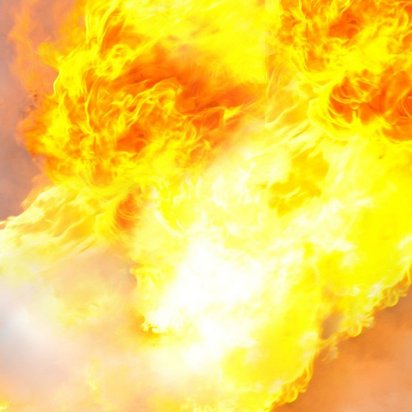Explosion protection


On top of customer demands, special rules and regulations apply to those economic actors, such as manufacturers, authorised representatives, importers and distributors, who deal with devices for use in explosion-protected areas. Within Europe, the requirements of the European ATEX Directive 2014/34/EU are in force. Since 20.04.2016, only products that comply with the demands of EU Directive 2014/34/EU can be circulated within the EU. This guideline – implemented by each member state in its national legislation – affects products such as: devices, protective systems, components and safety and control devices that ensure the safe operation of devices and protective systems.
European guidelines, implemented in national legislation, determine the access requirements for the European internal market. The IECEx system facilitates access to international markets because the certification, after a transition period, is recognised in all participating states. The foundations for the inspection and certification of a device are the standards drawn up by the International Electrotechnical Commission (IEC). A Certificate of Conformity (CoC) will be published on inspection of the device and once the quality assurance system (QAR) the manufacturer has introduced is recognised by the IECEx database. In the transition period, any test reports issued (so-called “EXTRs” or Explosion Protection Test Reports) can be used as the basis for any required national certification.
TÜV NORD is a European notified body as per 2014/34/EU, a DAkkS und ZLS-accredited test laboratory, a recognised IECEx-Certification Body with an IECEx test lab and a cooperating partner of KOSHA (Korean Occupational Safety and Health Agency) and the Chinese certifying body NEPSI. This makes us an expert partner for the inspection and certification of products and quality management systems to Annex IV Module D of the ATEX Directive and the IECEx system based on ISO 9001. The IECEx System makes certification simpler and more uniform across the world. On top of this, the applicable national requirements and processes, e.g. CCC in China and KOSHA in South Korea, must be applied. We carry out the tests required to gain certification in our test laboratories. Our goal is to offer our customers expert support from the very beginning in their complex tasks. Do get in touch for further information.
Overfill protection systems are systems that cut off filling processes in good time before a container's permissible limit is breached or trigger a visual and acoustic alarm. The concept of “overfill protection” covers all the components of a facility required to interrupt the filling process or trigger the alarm. These are based on the approval principles for the safety systems of containers and piping (ZG-ÜS). These approval principles apply within the framework of processes designed to achieve general building approval for the overfill protection systems of containers holding liquids that pose a hazard to water. Tests of suitable overfill protection systems are to be carried out under the supervision of an inspection body designated by the DIBt (Deutsches Institut für Bautechnik). TÜV NORD has been designated to test the function of overfill protection. After a successful test, the DIBt will issue a general building inspectorate approval that is valid for 5 years.